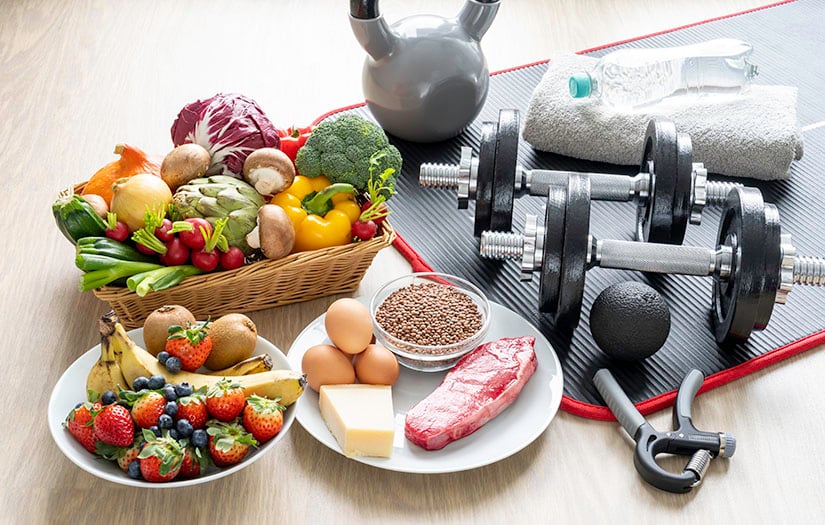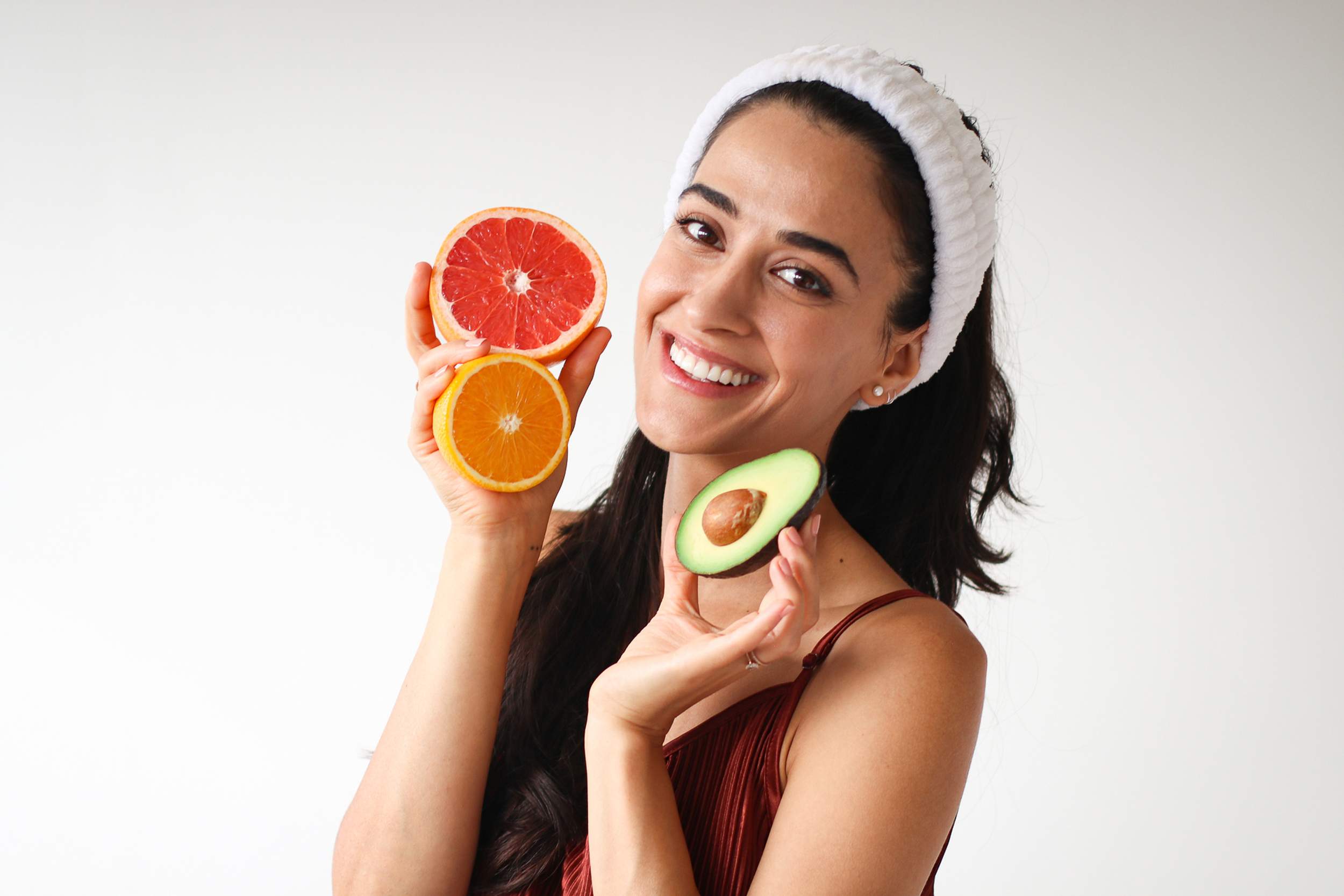
In recent years, the fashion industry has seen a growing demand for sustainable practices as more consumers become eco-conscious. Sustainable fashion focuses on producing clothing in ways that reduce environmental impact, support fair trade, and promote ethical labor practices. If you’re looking to build a more eco-friendly wardrobe, this guide will help you understand the importance of sustainable fashion and how to make mindful choices as a shopper.
1. What is Sustainable Fashion?

Sustainable fashion has become a popular term, though it’s often overused without much substance. As awareness grows about the
environmental impact of clothing — with the fashion industry responsible for an estimated 4 to 10 percent of global greenhouse gas emissions annually — it’s important to understand what the term truly means.
At its core, sustainable fashion refers to clothing made and consumed in ways that can be maintained over time, while safeguarding both the environment and the people who produce these garments. This includes reducing CO2 emissions, tackling overproduction, minimizing pollution and waste, supporting biodiversity, and ensuring fair wages and safe working conditions for garment workers.
Given the complexity of these issues, only a limited number of brands are addressing all these challenges, and even they acknowledge there is always room for improvement. Therefore, merely buying items labeled ‘sustainable’ isn’t enough; it requires a deeper shift in how we purchase and consume fashion.
2. Why Sustainable Fashion Matters
1. Environmental Impact: The fashion industry is one of the largest polluters globally, responsible for a considerable portion of greenhouse gas emissions, water pollution, and textile waste. Sustainable fashion seeks to minimize these negative effects by using eco-friendly materials, reducing energy consumption, and adopting more responsible production methods.
2. Resource Conservation: Traditional fashion relies heavily on natural resources like water and fossil fuels. Sustainable fashion focuses on conserving these resources by promoting organic and recycled materials, water-efficient practices, and energy-saving production techniques.
3. Ethical Labor Practices: Fast fashion is notorious for exploiting workers in unsafe conditions, often paying unfair wages. Sustainable fashion prioritizes fair trade, safe working environments, and equitable wages, ensuring that the people making our clothes are treated with respect and dignity.
4. Supporting Biodiversity: Conventional fashion often involves harmful pesticides, deforestation, and land degradation. Sustainable fashion promotes organic farming, reduced chemical use, and practices that protect ecosystems and biodiversity.
5. Encouraging Conscious Consumerism: By choosing sustainable fashion, consumers are encouraged to adopt more thoughtful purchasing habits. This can lead to less waste, a preference for quality over quantity, and a shift toward reusing, recycling, and upcycling clothes, ultimately reducing the demand for disposable fashion.
3. How to Shop for Sustainable Fashion
Becoming a more sustainable shopper doesn’t mean you need to overhaul your entire wardrobe at once. Here are practical steps you can take:
- Buy Less, Choose Wisely: Quality over quantity is key. Opt for timeless, well-made pieces that will last for years instead of trendy items that may fall apart after a few wears.
- Look for Sustainable Certifications: Check for labels like Fair Trade, Global Organic Textile Standard (GOTS), and OEKO-TEX when purchasing clothing.
- Shop Secondhand or Vintage: Thrift shopping or buying pre-loved clothing is an excellent way to reduce waste.
- Support Eco-Friendly Brands: Seek out brands that prioritize sustainability, ethical production, and use eco-friendly materials like organic cotton, hemp, or recycled polyester.
4. Brands Leading the Way in Sustainable Fashion
Here are some eco-conscious brands that are leading the charge in sustainable fashion:
1. Ninety Percent
Founded in 2018, London brand Ninety Percent promises to give 90 per cent of its profits to charitable causes and the people that make its clothes. While known for its ethically-made basics, the label has taken a more fashion-led approach since creative director Elliot Atkinson, formerly of Bite Studios, joined in 2022.
 2. Everlane
2. Everlane
Californian brand Everlane is known for its eco-conscious wardrobe staples, with the likes of Katie Holmes, Taylor Swift and Selena Gomez among its high-profile fans. The label – which recently unveiled a collaboration with Marques’Almeida – prides itself on its “radical transparency”, revealing how much it actually costs for its products to be made. It wants 100 per cent of its materials to be certified recycled, organic, renewable and responsibly-sourced by 2025.

3. Reformation
After starting off life as a small vintage store in LA back in 2009, Reformation has become a cult favourite for those looking to emulate effortless California style. Happily, it has stuck to its sustainably-minded roots: the brand has set an ambitious goal of becoming climate positive by 2025.

4. Asket
Scandi brand Asket was launched in 2015 in the “pursuit of less”, setting out with the aim of creating the perfect essential wardrobe, while offering full transparency about how its garments are made. Starting off with menswear, the label added womenswear to its collection in 2021, which ranges from classic shirts to jeans.

5. Ganni
There’s a reason that the Ganni girl has gone global: the brand’s easy-to-wear, often colourful designs, immediately spark joy. Not only that, the Danish label sets itself apart by being a leader in the sustainability space, via both its Fabrics of the Future initiative, which promotes innovative new materials such as bacteria-grown leather, and its commitment to cut its total greenhouse gas emissions by 50 per cent by 2027.
Ref: https://www.vogue.co.uk/article/best-sustainable-clothing-brands













 2. Everlane
2. Everlane


